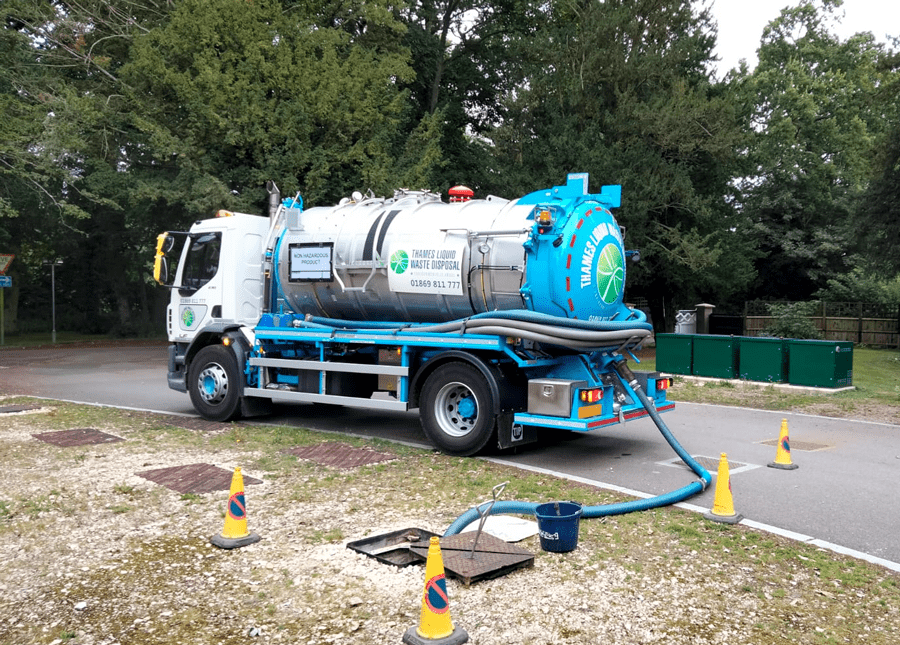The Buzz on Reclaim Waste
The Buzz on Reclaim Waste
Blog Article
Reclaim Waste Can Be Fun For Anyone
Table of ContentsThe Ultimate Guide To Reclaim WasteWhat Does Reclaim Waste Do?How Reclaim Waste can Save You Time, Stress, and Money.A Biased View of Reclaim WasteNot known Incorrect Statements About Reclaim Waste
Explore the kinds, incidents, and forms of fluid waste. Domestic sewer waste refers to the waste and items from a property sewage-disposal tank. This type of waste is developed by people in residences, institutions, and other structures. This only includes septic systems that have a drain area. The appropriate administration and disposal of residential sewer waste require liquid waste to be moved to a sewer therapy plant where the proper techniques and tools are put on purify and throw away waste.
Business waste typically consists of possible hazards, such as flammable products or a combination of liquid and solid waste items, and calls for a more sophisticated and thorough disposal procedure. The disposal of business waste typically entails the filtering of waste prior to transport to make certain safe and appropriate disposal. Industrial waste is created from byproducts and overflow of industrial processes and manufacturing.
This type of waste can not make use of the very same sewage management transportation or processes as septic or industrial liquids. The hazardous waste administration procedure calls for the inspection and screening of fluid waste prior to it undergoes the disposal process (industrial wastewater treatment). Drainage waste is the fluid waste that originates from runoff and excess stormwater in highly inhabited areas or cities
Overflow waste can trigger contamination and flooding otherwise handled appropriately. Discover more concerning sewer cleansing and waste monitoring. Guaranteeing appropriate waste monitoring can stop calamities and lower ecological harm. Both people in household setups and specialists in business or manufacturing markets can benefit from recognizing the procedures and guidelines of liquid waste monitoring.
Our Reclaim Waste Diaries
Call PROS Services today to discover our waste administration and disposal solutions and the appropriate methods to care for the liquid waste you generate.
(https://giphy.com/channel/reclaimwaste1)This supposed 'wastewater' is not only an essential source however, after therapy, will certainly be launched to our land, waterways or the sea. Used water from commodes, showers, baths, kitchen area sinks, laundries and commercial procedures is understood as wastewater.

water utilized to cool down machinery or clean plant and tools). Stormwater, a form of wastewater, is drainage that flows from agricultural and city areas such as roofs, parks, gardens, roadways, paths and seamless gutters into stormwater drains pipes, after rainfall. Stormwater flows neglected straight to regional creeks or rivers, eventually getting to the ocean.
The 25-Second Trick For Reclaim Waste
In Queensland, a lot of wastewater is dealt with at sewer therapy plants. Wastewater is transported from residential or industrial sites via a system of drains and pump stations, known as sewage reticulation, to a sewer therapy plant.
The Department of Natural Resources recommends city governments about handling, operating and preserving sewerage systems and therapy plants. In unsewered areas, local governments might need homeowners to install specific or house sewer treatment systems to deal with domestic wastewater from bathrooms, kitchens, bathrooms and washings. The Department of Natural Resources authorises making use of house systems when they are confirmed to be efficient.
In some new class, treatment of some stormwater to get rid of litter, sand and crushed rock Go Here has begun making use of gross contaminant catches. Wastewater treatment takes place in four phases: Removes solid issue.
Wastewater then moves into big containers where solids work out and are gotten rid of as sludge. Oil and scum are skimmed from the surface. Uses little living microorganisms called micro-organisms to break down and get rid of remaining dissolved wastes and great fragments. Micro-organisms and wastes are incorporated in the sludge. Eliminates nitrogen and phosphorus nutrients that can cause algal blossoms in our rivers and threaten water life.
Reclaim Waste Can Be Fun For Everyone
Nutrient elimination is not readily available in all sewer therapy plants due to the fact that it calls for pricey specialized tools. It is coming to be a lot more typical in Queensland. Clear liquid effluent created after treatment may still have disease-causing micro-organisms. If this effluent is launched right into waterways such as rivers or the sea, the micro-organisms will eventually pass away out.

A lot of wastewater flows right into the sewerage system. Under the Act, regional governments carry out approvals and permits for environmentally appropriate tasks (Ages) entailing wastewater releases that could have a local influence.
Little Known Facts About Reclaim Waste.
Or else, examples are considered laboratory analysis. Often numerous examinations are required to develop the degrees of each of the various pollutants such as oils, heavy metals and pesticides in water. Tracking supplies valid details about water quality and can confirm that licence conditions are being fulfilled. The details gotten through monitoring offers the basis for making water high quality decisions.
Report this page